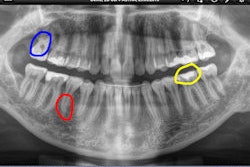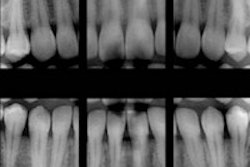Dear Imaging & CAD/CAM Insider,
Using magnetic resonance imaging (MRI) to measure the volume and thickness of oral cancer tumors may provide a way to assess patient risk better than the current system in use, according to this edition's Insider Exclusive.
British researchers believe that there are shortcomings to the tumor, node, and metastasis (TNM) staging system that's commonly used by clinicians to predict patient prognosis for oral cancer, and that MRI could offer a better alternative, especially for small, deep cancers. Read how they used the imaging modality by clicking here.
The Imaging & CAD/CAM Community has recently spotlighted other studies with valuable information that could lead to better treatment decision-making.
LED Medical Diagnostics' popular noninvasive fluorescence device, the VELscope, has proved to be a useful imaging aid for the treatment of osteonecrosis of the jaw induced by bisphosphonates. Learn how here.
Meanwhile, ultrasound outshined MRI when screening patients for temporomandibular joint dysfunction. Click this link to find out why.
In another comparative study, intraoral scanners were found to be less precise than extraoral ones. Find out what factors led to these results.
While no cancer should go unnoticed, a BMJ study suggests that imaging is contributing to unnecessary and intensive treatment of low-risk thyroid lesions.
Reducing the impact of treatment is the focus of researchers who are using near-infrared (NIR) fluorescence optical imaging to help head and neck cancer patients.
In other imaging news, the U.S. Food and Drug Administration has issued final guidance for mobile medical app developers. The focus of its oversight is described here.
And in Missouri, a lawsuit claims radiation poisoning and death due to employment at a dental supply company. The rationale is explained at this link.
Finally, the dental x-ray equipment market topped $2 billion last year, and it is projected to grow significantly by 2017.



















